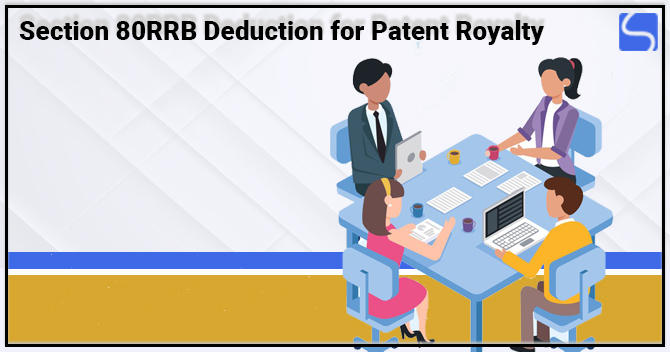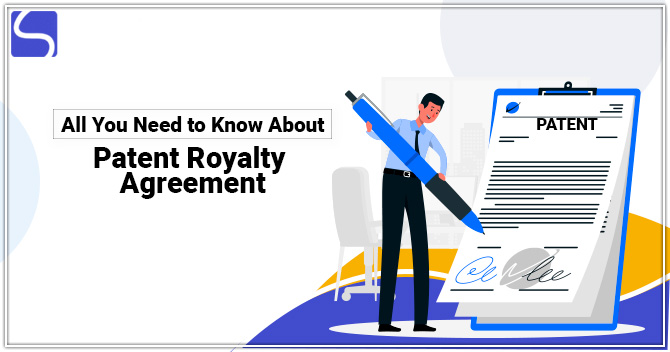What are the Steps to Follow During Patent Portfolio Audit?

Karan Singh | Updated: Oct 04, 2021 | Category: Patent
For every big or small entity, Patents are enormously valuable intangible assets. A firm or Company owing single or multiple Patents can use them as per its free will. It can license them out for financial gains or commercialise the underlying Intellectual Property. Therefore, strategising Patent portfolios can lead to the expansion of profit margins and shareholders. It also increases the total worth of Intellectual Property. Scroll down to check the essential steps to follow during Patent Portfolio Audit.
Table of Contents
What is a Patent Audit?
Before we discuss the essential steps to follow during Patent Portfolio Audit, let’s understand the meaning of Patent Audit. Patent Audit is helpful to examine the internal concepts and redevelop the ideas for patenting to build a robust Patent Portfolio. The regular internal examination or investigation of the patentable abstraction to gain a detailed insight of all the Patents in a portfolio or a file is called Invention Audit or Patent Audit. The procedure includes all factors such as the Patent application status, the granted validity & licensed Patents, and potentially patentable discoveries.
Following are the objectives of the Patent Portfolio:
- To learn in detail the revenue generation from the Patents. The Patent Portfolio is the primary source of examining the Company’s revenue-sharing from the Intellectual Property Assets.
- Find out how well the Patent plan supports corporate strategy. Recognise current and future products & services that are Patent safeguarded and what detailed features of those products & services are to be safeguarded by particular Patents.
- Perform market & technology research to assess respective information linked with current industry standards.
- Assess the strategy associated with the IP Rights expiration and the impact on goods and services.
- To keep the inventory of Patents granted, obtained, pending or licensed.
- Estimate merger, acquisition, or joint ventures chances and the capability to leverage its Patent portfolio. Extra research may comprise competitor-oriented Patent landscape studies.
- Assess the usage of open source software or hardware that may impact the ability to implement Patent rights.
What is the Significance of Patent Portfolio Audit?
Patent Portfolio Audit permits an Intellectual Property of a Company to succeed in various ways. The utility of Patent Portfolio Audit has multiple faces and retains numerous benefits. Some of them are mentioned below:

- Improving Business Decisions: As per the research, Intellectual Property audits give companies or organisations a correct viewpoint of their present IP assets, the value created by them, the profits created by them, etc. This enables the owners of the business to make vital decisions when dealing with opportunities such as acquisition and licensing offers.
- Recognition of IP Portfolio: The most evident significance of Patent Portfolio audits or IP audits is to accurately recognise all the Intellectual Property under the organisation’s shade. This will permit the organisation or Company to acknowledge better which Intellectual Property needs to be safeguarded and which can offer significant turnover.
- Increase the Value of Present IP: To safeguard Intellectual Property, entities opt to file Patent applications with patenting bodies which can be a boring process at times.
Steps to Follow During Patent Portfolio Audit
Intellectual Property audits or Patent Portfolio Audit can be conducted with the help of the guidelines IP Audit Tool. However, it is recommended to consider the following steps:
- The first step is to know the specific requirements for an Intellectual Property audit in a company or organisation and have such an activity sanctioned by the vital stakeholders, both external & internal. Various events like introducing a new product, entering a new target market, M&A can prompt the necessitate for a renewed Patent Portfolio Audit.
- All the records of Patents of a company or organisation need to be dated & arranged correctly to make sure achievement of the end goal of the Intellectual Property audit. In a case where Patent details are not dated precisely, it can result in mistaken outcomes in an Intellectual Property audit, which can lead to severe losses for the organisation or Company.
- Furthermore, for constant Intellectual Property audits, a well-drafted schedule and timeline need to be developed so that the Intellectual Property portfolio of companies or organisations are frequently examined or audited based on such a schedule. This step can be done or finish either before or after a Patent Portfolio Audit. This permits companies or organisations to keep better track of their present Patents and pending Patent grants & filings.
- The next step would be correctly documenting the incompatible needs of the stakeholders & find means of expressing them within the audit. After this, using the given objectives of such an Intellectual Property audit[1], an execution plan should be developed.
- After that, the next step to follow during the Patent Portfolio Audit process is to estimate the present market values and projected profitability of the present Patents and then weigh them against the maintaining costs such as Intellectual Property and renewing them. It is vital to recognise, within such an audit, even the projected future market value to find out whether to preserve the Patent rights for such an Intellectual Property or not.
- The final step of an Intellectual Property audit is examining the audit to know to what extent the Patent Portfolio is lined up with the business objective. It can be sometimes an outcome in the identification of needs for policy changes with a company or an organisation and making decisions concerning further innovations and product developments.
Conclusion
An organisation or a company owing an immense number of Patents, which it fails to manage efficiently, is similar to a wealthy person who cannot invest cleverly. A well-implemented audit accelerates revenue generation and addresses costs by helping define a focused IP strategy and work plan. To collect maximum rewards from the audit, it should be designed to offer insights into the root of the business and its growth mechanism.
Read our article:How to Recognise Professional Patent Illustrator?














